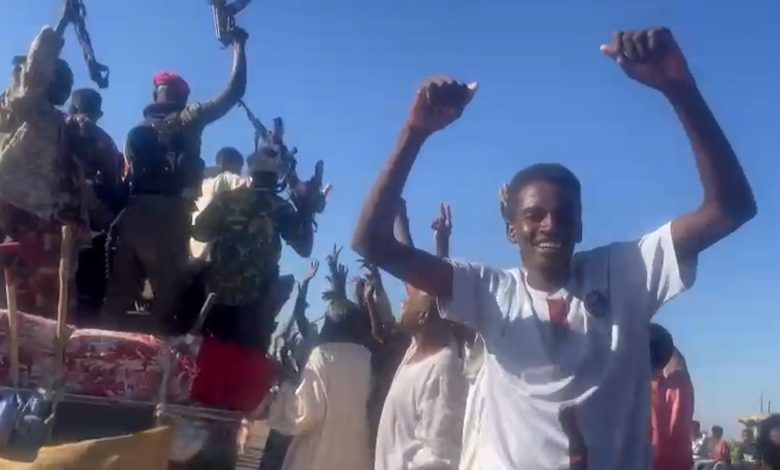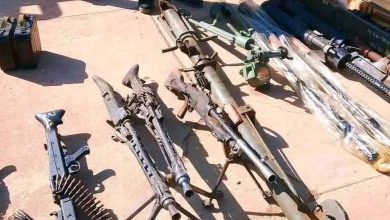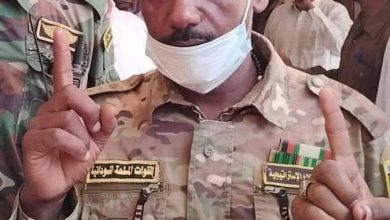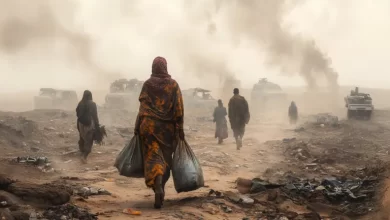Reports
The Road from Al-Damazin to Wad Madani: When the Impossible Becomes Possible

Sudan Events – Agencies
A week ago, traveling the road from Al-Damazin in southern Sudan to Wad Madani in its center seemed impossible and unattainable. Public transportation had completely ceased, and even private and commercial vehicles no longer used the road, which had been under the control of the Rapid Support Forces (RSF) for more than a year. The distance between the two cities is approximately 340 kilometers.
However, much has changed since then. After the Sudanese Armed Forces regained control of Wad Madani, and earlier in December recovered the cities of Abu Hujar and Sennar located along the same route, the impossible became possible.
Today, the road connecting Al-Damazin and Wad Madani—passing through Sennar, Abu Hujar, and Mayrno—is once again operational, with movement flowing freely.
A Retreat
The road passes through Sennar State in southeastern Sudan. Last year, the RSF managed to take control of Wad Madani in Al-Jazira State, as well as Sennar, Abu Hujar, and Al-Dinder in Sennar State, besieging the city of Sennar for more than seven months.
However, this did not last long. The army launched swift military operations that forced the RSF to retreat to the borders of Khartoum State, losing their grip on central and southeastern parts of the country.
With the army reclaiming central Sudan, life returned to the public roads. Drivers and even traffic police in their white uniforms now freely move along the national road from the entrance of Al-Damazin through the city of Sennar—a road that had been abandoned for a year under the RSF’s control. Many citizens from Sennar and Al-Jazira testified that RSF members frequently looted commercial convoys and private vehicles along the road.
Military Presence
Al Jazeera Net observed the return of activity to this road, especially in transporting goods and passengers, particularly between Al-Damazin and Sennar. There is also a heavy presence of military vehicles between Sennar and Wad Madani.
Along the road from Al-Damazin to Wad Madani, Sudanese army, security, and police personnel are stationed. Passenger buses and vehicles undergo thorough inspections as precautionary measures to prevent RSF infiltration or the smuggling of light weapons into the cities recently reclaimed by the army.
Private vehicles are also subjected to searches, and every 20 kilometers, there is a military checkpoint. Vehicles leaving Al-Damazin require a transit permit addressed to all security forces stationed along the route. Entry into Wad Madani is only allowed with the military’s approval, as the city is still recovering from the war, including clearing mines and unexploded ordnance.
Public Rejoicing
The security authorities have urged citizens to “wait before returning to Wad Madani.” At the city’s entrance, the smell of blood and gunpowder lingers, and dozens of RSF fighters’ bodies lie scattered. Army soldiers have begun burying some of the corpses in mass graves near the Awoda Road in one of Wad Madani’s outskirts.
A year ago, it was unimaginable for citizens in Sennar, Singa, Al-Haddad, Hajj Abdullah, and Al-Shakaba to approach this national road, which was dominated by RSF combat vehicles.
However, life has returned to the road. Dozens of citizens now line it, carrying water containers to greet Sudanese army soldiers heading toward Wad Madani. They chant slogans praising the army while women along the road ululate in celebration, having endured torture at the hands of the RSF.
Source: Al Jazeera Net



